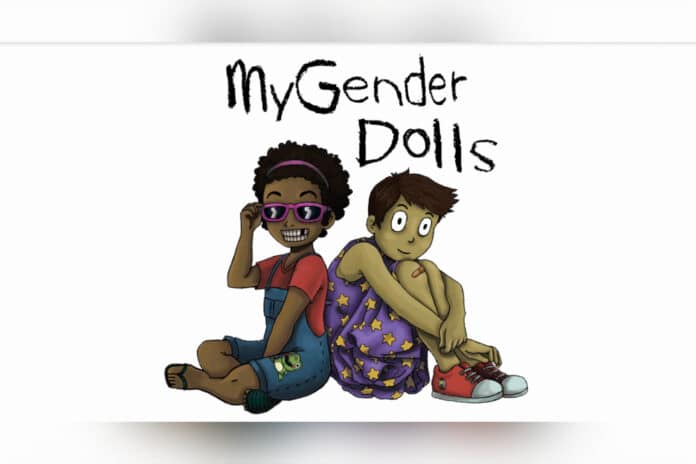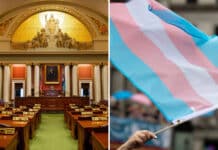The Upper Midwest Law Center (UMLC) is turning up the heat on the University of Minnesota over its controversial “MyGender Dolls” project, launching an investigation to determine all sources of funding that are being used for the initiative.
As Alpha News reported, the university paid children as young as five to participate in group activities that involved customizing genitalia and internal organs under the guise of “therapy.”
The University of Minnesota’s National Center for Gender Spectrum Health at the Eli Coleman Institute for Sexual and Gender Health circulated a flyer last year offering up to $60 per group to “transgender and gender-diverse” kids between the ages of five and 10, along with their families, to take part in a project aimed at helping them “talk about gender and bodies” using a tool called MyGender Dolls.
These customizable dolls come in different shapes, sizes, ages, and skin tones. Kids can also mix-and-match anatomical features, like genitals and internal organs, to reflect their perceived gender identity.
A video posted on the university’s website gives an animated description of the dolls. “There are lots of different ways to be a girl, a boy, or anywhere along the gender spectrum,” the narrator says.
The tool also will include a mobile app where kids can digitally swap body parts, outfits, and accessories, according to the university’s website.
This app will help “kids see that their gender identity is valid no matter what parts they have.” Kids who use the app will have a “choice of genitals and internal reproductive organs” to pick from.
The university appears to have edited the “MyGender Dolls” website after Alpha News published its initial story.
“The MyGender Dolls are therapeutic tools intended for licensed therapists to use with patients and their parents or caregivers to help children who find it difficult to express themselves,” the website currently reads. “This research, including early-stage focus groups, is ongoing and these tools are not currently available for use.”
Critics have blasted the initiative as an inappropriate and ideologically driven attempt to indoctrinate children, and now UMLC wants answers about how it’s being funded.
UMLC looks into funding amid failed crowdfunding attempt
The UMLC’s investigation is centered on whether public funds are being siphoned into this initiative after the program’s crowdfunding campaign to raise $25,000 fell short, pulling in only $1,305 as of publication.
One of the comments on the crowdfunding site reads, “This is disgraceful. Telling kids that they can simply ‘swap out’ their genitals like they are some kind of accessory is disgusting, dangerous, and immoral. The University of Minnesota should be ashamed.”
UMLC is now demanding transparency, including detailed financial records and communications tied to the project.
“It’s important to know exactly how the University of Minnesota is able to fund this program, especially while coming so short of their funding goal,” said James Dickey, senior counsel at UMLC. “University of Minnesota students, families and taxpayers have the right to know if their money is funding controversial programming aimed at children as young as five years old.”
Alpha News reached out to the University of Minnesota’s Eli Coleman Institute for Sexual and Gender Health for comment but did not receive a response.


















